Vietnam: What are the sample introductions to a traditional craft village for 5th-grade students? What learning outcomes are required for writing paragraphs by 5th-grade students?
What are the sample introductions to a traditional craft village for 5th-grade students in Vietnam?
Introducing a craft village is one of the topics taught to 5th-grade students in the Vietnamese Language under the "Chân trời sáng tạo" textbook. Below are some sample introductions to a traditional craft village:
Sample 1: Introduction to Bat Trang Pottery Village
| Bat Trang pottery village, located in Bat Trang commune, Gia Lam district, Hanoi, is one of the most renowned traditional porcelain villages in Vietnam. The village specializes in producing a wide range of ceramic products, from household items such as bowls, plates, and flower vases to intricate decorative and ritual objects. To create these unique products, Bat Trang artisans must undergo meticulous production processes, combining traditional craftsmanship with creative ingenuity. First, the clay is carefully selected, then molded and shaped by hand or using molds. Once the product is fully shaped, it is dried, delicately decorated, glazed, and fired at high temperatures. Each stage is meticulously taken care of, ensuring that Bat Trang ceramics are not only durable and beautiful but also rich in traditional Vietnamese cultural values. |
Sample 2: Introduction to Van Phuc Silk Village
| Van Phuc silk village, located in Van Phuc ward, Ha Dong district, Hanoi, is a renowned traditional silk weaving village known for its high-quality silk products. The village primarily produces Van Phuc silk, which is soft, durable, and usually used to make traditional clothes such as ao dai, scarves, and other traditional apparel. To create beautiful silk sheets, artisans must go through a laborious process, starting with selecting the finest silk fibers and then weaving them using traditional handlooms. Each silk piece is woven with great care and precision, resulting in delicate patterns rich in cultural heritage. Due to its exquisite weaving technique and premium material, Van Phuc silk is highly valued both domestically and internationally, becoming a source of pride for the residents of Hanoi. |
Sample 3: Introduction to Tay Ho Conical Hat Village
| Tay Ho conical hat village, located in Phu Vang district, Thua Thien Hue province, is a famous traditional craft village known for its exquisite conical hats, especially the Hue poem hat. Tay Ho hats are entirely handcrafted, requiring meticulous care and skill from the artisans. First, the leaves used to make the hats are carefully selected and dried for optimal durability. Then, they are formed into layers on the hat frame, with bamboo rings stacked to create a perfectly round shape. Artisans also cleverly embed images or verses between the two leaf layers, creating unique poem hats that reveal delicate images when held up to the light. Thanks to skillful craftsmanship and meticulous attention to each process step, Tay Ho conical hats are not only a sunshade accessory but also a symbol of the gentle, simple beauty of Vietnamese women. |
Sample 4: Introduction to Phuoc Kieu Bronze Casting Village
| The bronze casting craft is one of Vietnam's oldest and most intricate traditional crafts, with Phuoc Kieu bronze casting village, located in Dien Phuong commune, district-level town Dien Ban, Quang Nam province, being among the most famous locales. The village's products are diverse, from bronze statues, bronze bells, and ritual objects to traditional musical instruments like gongs. To create a complete product, artisans must go through several intricate stages. First, they make molds from clay or sand, then melt the bronze and pour it into the molds. Once the bronze cools, the mold is removed, and the product is polished and refined to achieve the highest level of perfection. Each product from Phuoc Kieu village is not only beautiful in form but also rich in spiritual and traditional Vietnamese artistic value, a source of pride for generations of Quang Nam residents. |
Sample 5: Introduction to Dinh Yen Mat Village
| Mat weaving is a traditional cultural beauty of the Vietnamese people, and Dinh Yen mat village, located in Lap Vo district, Dong Thap province, is one of the most famous villages in this field. Dinh Yen mats are renowned for their durability, harmonious colors, and intricate patterns. To create these beautiful mats, artisans undergo a laborious process, starting with harvesting and drying cyperus leaves - the main material for mat weaving. The leaves are naturally dyed, then spun into yarn and woven on traditional looms. The weaving and pattern-making process requires skill and precision to ensure uniform and standout designs. Dinh Yen mats are not only useful daily life products but also symbolize diligence, craftsmanship, and the distinct cultural characteristics of the Western River region. |
Sample 6: Introduction to Non Nuoc Stone Carving Village
| Among the famous traditional craft villages in Vietnam, Non Nuoc stone carving village at the foot of the Marble Mountains, Da Nang city, shines with exquisite and unique stone sculptures. This craft village specializes in producing stone handicrafts such as Buddha statues, deities, interior decoration items, and feng shui products. To create vibrant art pieces, artisans undergo meticulous and detailed processes. They first select high-quality marble blocks from the Marble Mountains. Then, using skillful hands and years of experience, they carve and polish each small detail, breathing life into the stone to create products rich in cultural and spiritual meanings. Each piece from Non Nuoc stone carving village is not only a handicraft product but also a symbol of the fusion between traditional art and modern creativity. |
Sample 7: Introduction to Dong Ho Painting Village
| Vietnamese folk paintings come in many famous forms, and Dong Ho painting village in Song Ho commune, Thuan Thanh district, Bac Ninh province, is the cradle of this unique folk painting style. Dong Ho paintings are associated with rustic, relatable images of Vietnamese life, festivals, and beliefs, depicted in paintings such as "Mouse Wedding," "Flock of Chickens," and "Coconut Picking." To create a Dong Ho painting, artisans use traditional dó paper, then cover it with diep, made from finely ground seashells, to achieve brightness. The colors of the paintings are derived from natural ingredients, like red from vang wood, black from bamboo charcoal, and green from indigo leaves. Artisans use woodblocks to print each color onto the paper, printing one color at a time, creating vibrant, sharp paintings. Dong Ho paintings are not only unique artworks but also cultural symbols, preserving traditional values of Vietnamese rural life. |
Sample 8: Introduction to Nga Son Mat Weaving Village
| Nga Son mat weaving village, located in Nga Son district, Thanh Hoa province, has long been famous for its durable and intricate cyperus mats. Nga Son mats not only serve daily living needs but are also considered traditional products of the local people. To create quality mats, artisans must start from harvesting cyperus - the main material for mat weaving. Cyperus is dried, naturally dyed, and then spun into robust yarns. The artisans then place the cyperus into manual looms and skillfully weave it row by row, creating diverse and beautiful patterns. Thanks to the skilled hands of artisans, Nga Son mats are not only practical items but also a symbol of the diligence and sophistication of the Thanh Hoa people. |
Sample 9: Introduction to Cham My Nghiep Brocade Weaving Village
| Cham My Nghiep brocade weaving village, located in Ninh Phuoc district, Ninh Thuan province, is one of the most renowned traditional craft villages of the Cham ethnic group, famous for its colorful and uniquely patterned brocade products. The village's main products include brocade fabrics, shawls, dresses, and decorative items, all rich in Cham cultural identity. To create a brocade piece, My Nghiep artisans use meticulous hand-weaving techniques, starting with selecting cotton fibers, naturally dyeing them, and then spinning the threads. When weaving, the artisan must harmoniously combine various colors to create exquisite patterns, showcasing creativity and dedication. Each My Nghiep brocade product is not only visually appealing but also a symbol of the Cham ethnic culture, contributing to preserving and promoting Vietnam's unique heritage. |
Sample 10: Introduction to Ong Manh Wax Figurine Casting Village
| Ong Manh wax figurine casting village, located in Soc Trang province, is a unique traditional village specializing in producing wax figurines serving the beliefs and culture of the Khmer people. The village's main products are wax figures of Buddha and deities, used in religious rituals and important festivals. To create a complete wax figure, artisans undergo several meticulous stages, from selecting beeswax to carving shapes. The wax is melted, poured into molds, and once cooled, it is polished to create detailed lines. Finally, the figurine is hand-painted to complete the work. The wax figurines of Ong Manh village not only showcase the skill of the artisans but also embody cultural and spiritual values, helping preserve and develop the traditions of the Khmer community in Soc Trang. |
Note: The sample introductions to a traditional craft village are for reference purposes only!
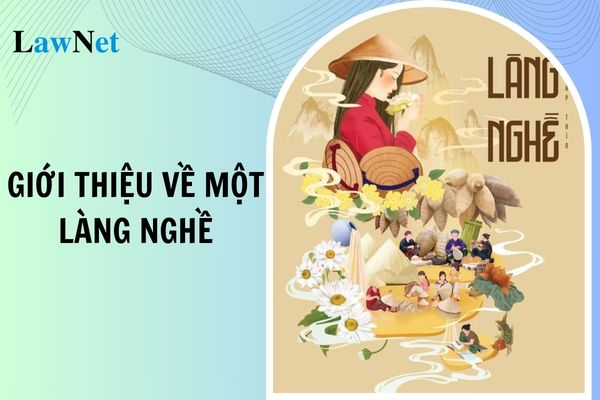
What are the sample introductions to a traditional craft village for 5th-grade students in Vietnam? What learning outcomes are required for writing paragraphs by 5th-grade students in Vietnam? (Image from the Internet)
What learning outcomes are required for writing paragraphs by 5th-grade students in Vietnam?
Under the General Education Program for Literature issued together with Circular 32/2018/TT-BGDDT, learning outcomes required for writing paragraphs by 5th-grade students include:
Writing Process
- Know how to write by following these steps: identifying the purpose and content of writing (why and what to write about); observing and collecting materials for writing; forming main ideas and outlining; writing paragraphs and essays; editing for structure, word usage, sentence structure, and spelling.
- Be able to write paragraphs and texts that clearly and coherently present the main topic and information; suitable for the required type and genre; include an introduction, development, and conclusion; with linked sentences and paragraphs.
Writing Practice
- Be able to write a story based on one that has been read or heard, with creative details.
- Be able to write descriptions of people and landscapes using comparisons, personifications, and evocative words to highlight the described object's characteristics.
- Be able to write a paragraph expressing personal emotions and feelings about an event or a poem, story.
- Be able to write a paragraph explaining why they agree or disagree with a phenomenon or significant event in life.
- Be able to write a paragraph introducing a character from a book or animated movie seen (appearance, gestures, actions, language).
- Be capable of writing reports on work and activity programs, incorporating tables and charts.
What are the methods of assessing 5th-grade students in Vietnam?
Under Article 5 of the Regulations on the Assessment of Primary School Students issued together with Circular 27/2020/TT-BGDDT, commonly used assessment methods for assessing students are:
- Assessment by observation: Teachers monitor and listen to students when teaching in classes, employ observation cards, examination boards and records of student's behaviors as proof for assessment of studying and training processes of students.
- Assessment by academic records, products and activities of students: Teachers provide feedback and assessment regarding products and activity results of students thereby assessing students based on relevant assessment criteria.
- Assessment by communication: Teachers discuss with students in form of questions and answers to collect information and promptly provide comment, remedial measures.
- Assessment by writing: Teachers employ tests consisting of questions and exercises designed according to levels and requirements to be achieved of the program in form of multiple-choice questions and writing tests to assess level of completion for academic assessment criteria.
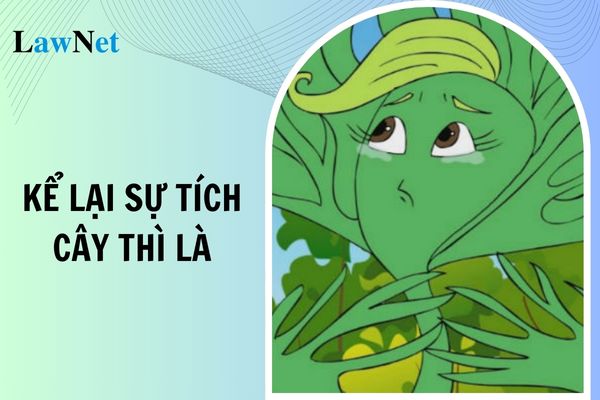
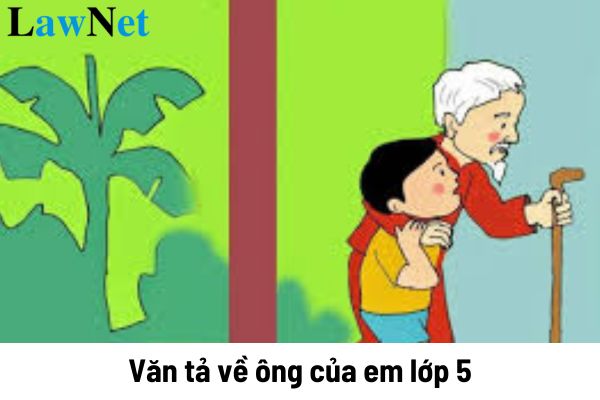
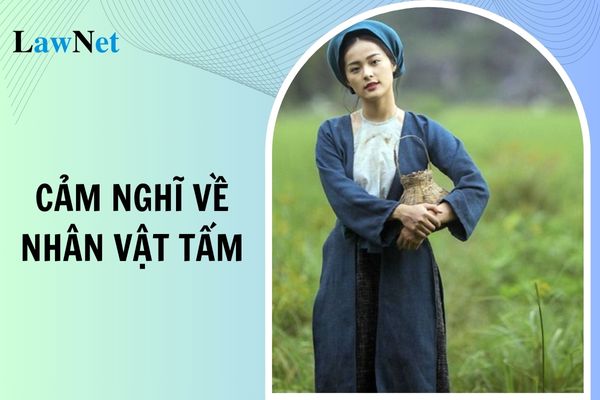
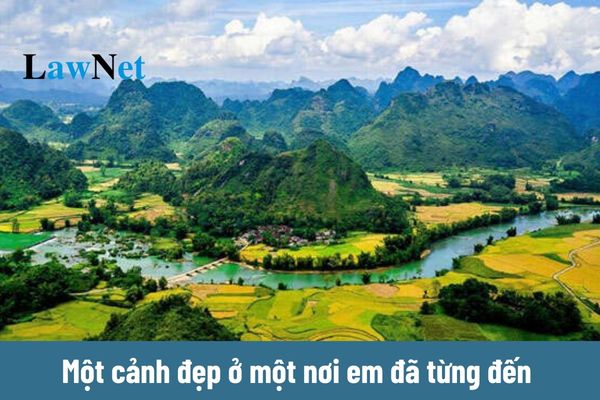

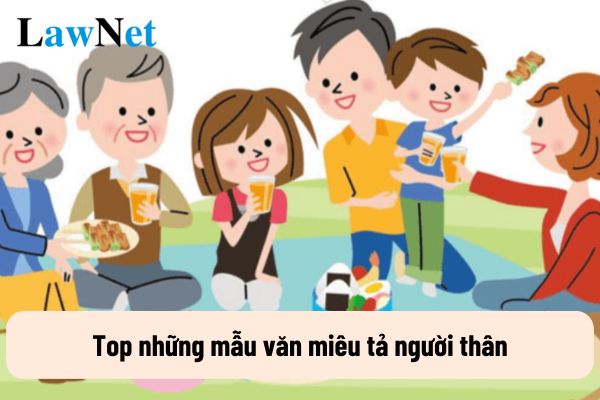
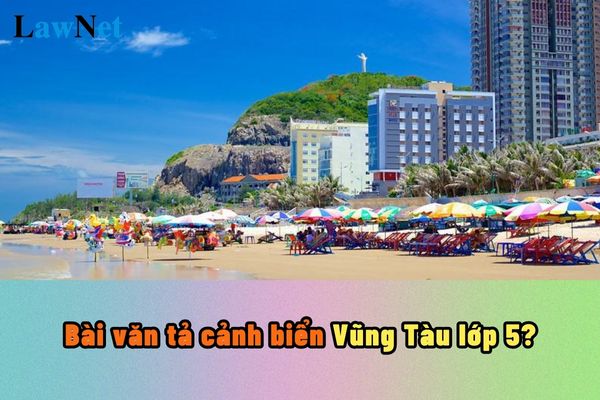
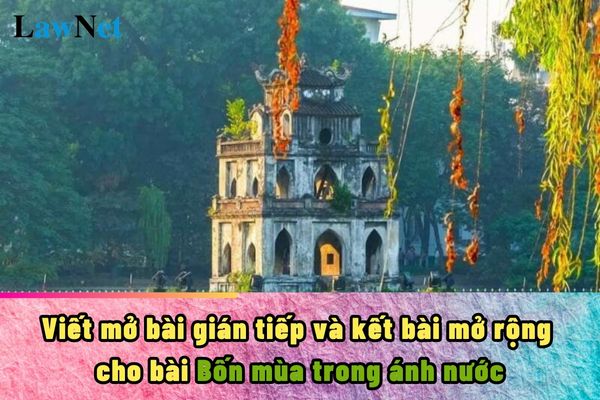
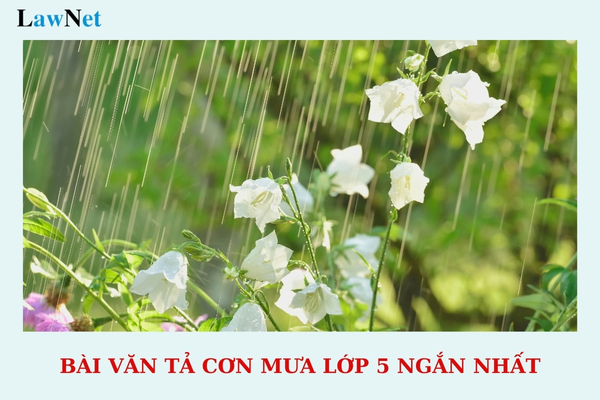
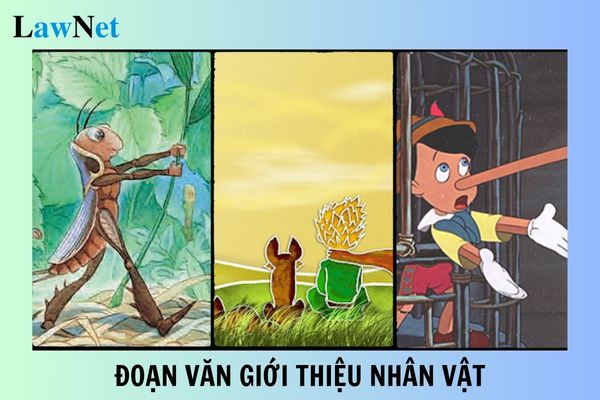
- Vietnam: What is the sample report on a modern literary matter - innovations and renovations in the short stories "Chiếc thuyền ngoài xa" and "Một người Hà Nội"?
- Vietnam: What are the 05 sample 600-word argumentative essays on negative issues among youth today? How many types of texts are there in the content of the 12th-grade Literature curriculum?
- Vietnam: What are the best sample paragraphs about your family for 6th-grade students? What elective subjects do 6th-grade students learn?
- Vietnam: What are the best sample self-introductions in English for 5th-grade students? What topics are covered by the 5th-grade English curriculum?
- Vietnam: What are the sample imaginary paragraphs on Tin-tin and Mi-tin entering the magical garden for 4th-grade students? What are the 05 essential qualities required for 4th-grade students?
- Vietnam: What are the guidelines for preparing the briefest lesson "A Strange Tale of the Fisherman's House/Truyện lạ nhà thuyền chài"? What is the eligibility for lower secondary graduation recognition for 9th-grade students?
- What are the enrollment methods of Pham Ngoc Thach University of Medicine in 2025?
- Vietnam: What are the sample 1st end-of-semester question papers of 9th-grade Literature? What is the form of assessment for 9th-grade Literature?
- Vietnam: What are the 10 sample 200-word social argumentative paragraphs on the strength of discipline? Is improving manpower one of the goals of education?
- What are the sample social argumentative essays on a social issue raised from a literary work in the 8th-grade Literature curriculum in Vietnam?

